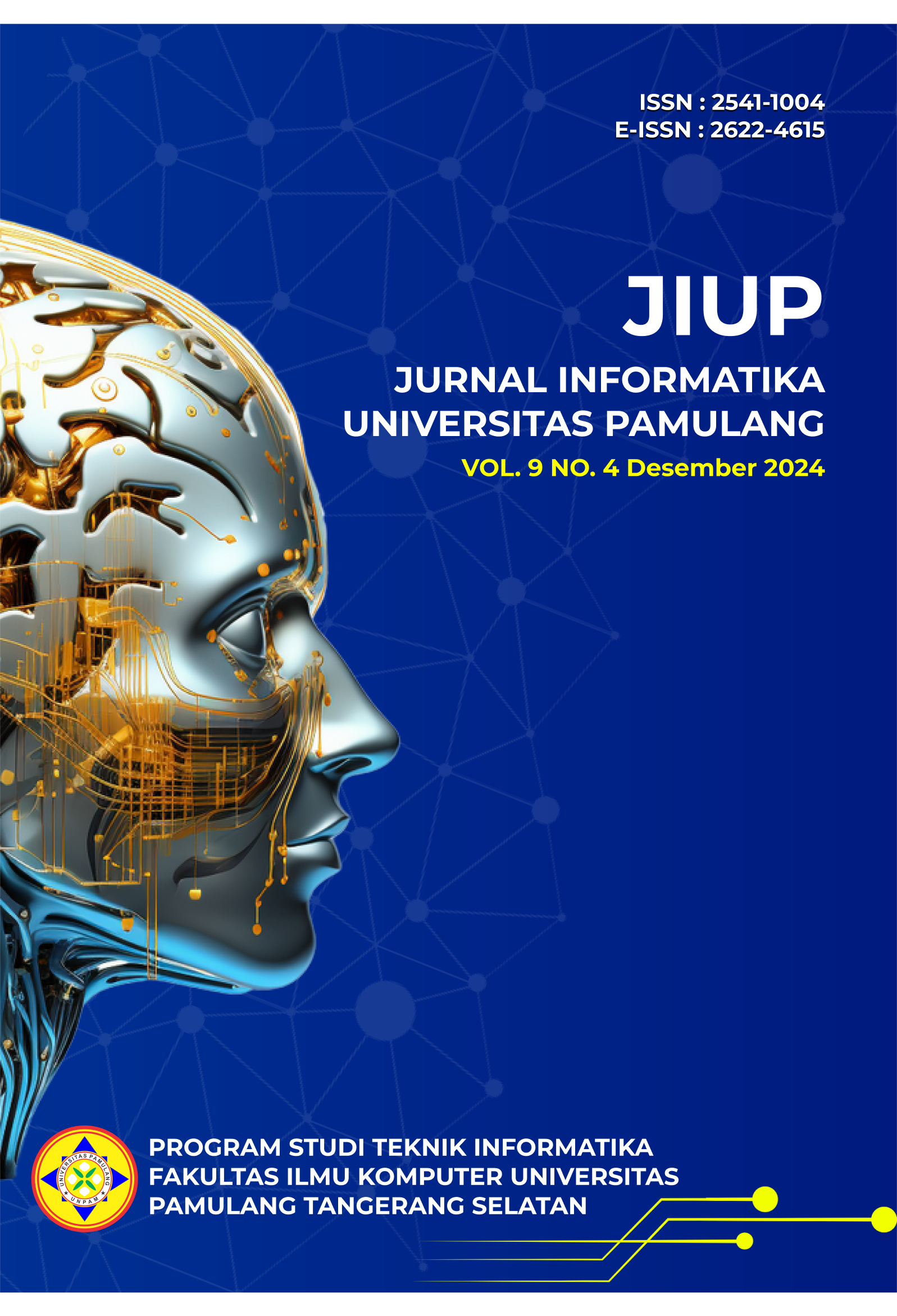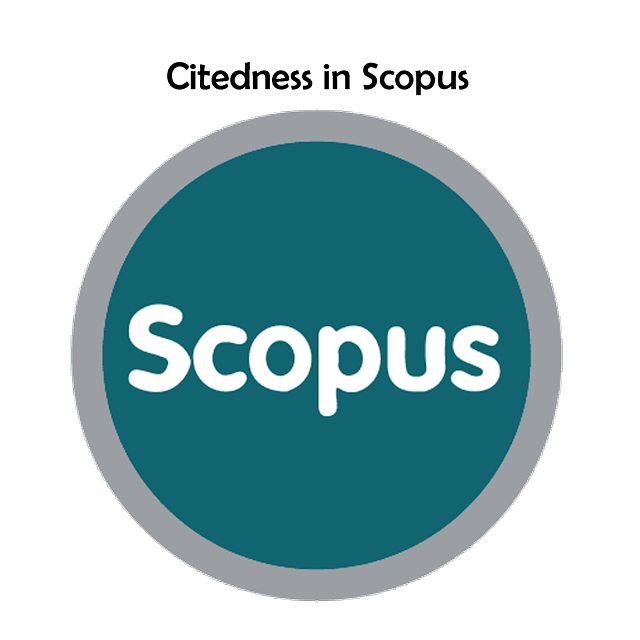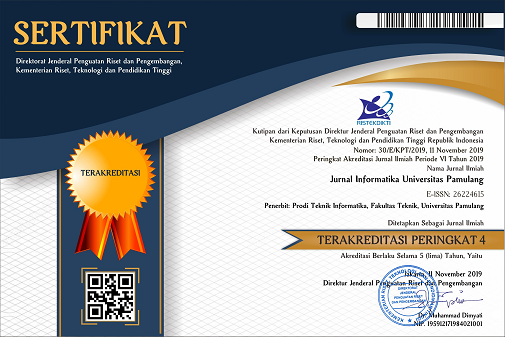Implementasi Optical Character Recognition dan Text Similarity untuk Pelaporan Uang Muka Kerja
Keywords:
Cash Advance, Application Programming Interface, Text Similarity, Optical Character RecognitionAbstract
The request and accountability reporting of cash advances in companies are now widely supported by web-based applications. However, the process of verifying the completeness and consistency of expense receipts against financial reports is still performed manually by financial staff, which is time-consuming. This study aims to implement Optical Character Recognition (OCR) technology to extract text from payment receipts and match it with expenditure items in financial reports. This technology enables the automation of financial verification processes using a text similarity algorithm based on Levenshtein Distance. By implementing this system, the time required for financial report verification can be significantly reduced, allowing staff to focus on more strategic tasks. The system was tested by integrating the Veryfi OCR application with an API-based system to process payment receipts in various formats. The test results indicate that the system successfully identifies and matches transactions with a high accuracy rate. However, further development is needed to incorporate discount and tax calculations from payment receipts.
References
Benedikt, L., Joshi, C., Nolan, L., De Wolf, N., & Schouten, B. (2020). Optical Character Recognition and Machine Learning Classification of Shopping Receipts.
Cahyo, N. D. W. I. (2019). Pengenalan Nomor Plat Kendaraan Dengan Metode Optical Character Recognition. Ubiquitous: Computers and Its Applications Journal, 2, 75–84. https://doi.org/10.51804/ucaiaj.v2i1.75-84
Doolittle, J. (2020). Jeremy Miller on Waterfall Versus Agile. IEEE Software, 37(4), 107–109. https://doi.org/10.1109/MS.2020.2987493
Du, Y., Li, C., Guo, R., Yin, X., Liu, W., Zhou, J., Bai, Y., Yu, Z., Yang, Y., Dang, Q., & Wang, H. (2020). PP-OCR: A Practical Ultra Lightweight OCR System. http://arxiv.org/abs/2009.09941
Hanif, A. R., Nasrullah, E., & Setyawan, F. X. A. (2023). Deteksi Karakter Plat Nomor Kendaraan Dengan Menggunakan Metode Optical Character Recognition (Ocr). Jurnal Informatika Dan Teknik Elektro Terapan, 11(1), 109–117. https://doi.org/10.23960/jitet.v11i1.2897
John, S., Mebawondu, J. O., Olajide, A. O., & Josephine, M. O. (2021). Design of Cash Advance Payment System in a Developing Country: A Case Study of First Bank of Nigeria Mortgages Limited. In S. Misra & B. Muhammad-Bello (Eds.), Information and Communication Technology and Applications (pp. 703–714). Springer International Publishing.
Kata, S., Pabboju, S., Babu, V., & Medishetti, A. (2018). Snap and split: an android application for bill payment using tesseract OCR. International Journal of Engineering & Technology, 7(4.5), 634. https://doi.org/10.14419/ijet.v7i4.5.21175
Kim, G., Hong, T., Yim, M., Nam, J., Park, J., Yim, J., Hwang, W., Yun, S., Han, D., & Park, S. (2022). OCR-Free Document Understanding Transformer. In S. Avidan, G. Brostow, M. Cissé, G. M. Farinella, & T. Hassner (Eds.), Computer Vision -- ECCV 2022 (pp. 498–517). Springer Nature Switzerland.
Koç, H., Erdoğan, A. M., Barjakly, Y., & Peker, S. (2021). UML Diagrams in Software Engineering Research: A Systematic Literature Review. 13. https://doi.org/10.3390/proceedings2021074013
Kodmelwar, M. K., Futane, P. R., Pawar, S. D., Lokhande, S. A., Dhanure, S. P., & Professor, A. (2022). A Comparative Study of Software Development Waterfall, Spiral and Agile Methodology. Journal of Positive School Psychology, 2022(3), 7013–7017. http://journalppw.com
Kumar, V., Kaware, P., Singh, P., Sonkusare, R., & Kumar, S. (2020). Extraction of information from bill receipts using optical character recognition. Proceedings - International Conference on Smart Electronics and Communication, ICOSEC 2020, Icosec, 72–77. https://doi.org/10.1109/ICOSEC49089.2020.9215246
Park, S., & Lee, H. (2019). CORD : A Consolidated Receipt Dataset for Post-OCR Parsing. 1, 1–4.
Pressman, R. S., & Maxim, B. (2014). Software Engineering: A Practitioner’s Approach 8th Edition. McGraw-Hill Education.
Sommerville, I. (2016). Software Engineering Tenth Edition. Pearson.
Stefan, A. C. (2020). ACCOUNTING PRACTICES REGARDING THE MEANS OF OPERATION WITH CASH. EUROPEAN JOURNAL OF ACCOUNTING, FINANCE & BUSINESS, XIII(XXIII).
Susanty, M., & Nugroho, H. (2020). Optical Character Recognition Implementation for Admission System in Universitas Pertamina. Simetris: Jurnal Teknik Mesin, Elektro Dan Ilmu Komputer, 11(1), 165–170. https://doi.org/10.24176/simet.v11i1.3838
Tirtana, E., Gunadi, K., & Sugiarto, I. (2021). Penerapan Metode YOLO dan Tesseract-OCR untuk Pendataan Plat Nomor Kendaraan Bermotor Umum di Indonesia Menggunakan Raspberry Pi. Jurnal Infra, 9(2), 241–247. https://publication.petra.ac.id/index.php/teknik-informatika/article/view/11454
Downloads
Published
Issue
Section
License
Copyright (c) 2024 Meredita Susanty, Megandi Megandi, Erwin Setiawan

This work is licensed under a Creative Commons Attribution-NonCommercial 4.0 International License.
Authors who publish with this journal agree to the following terms:
- Authors retain copyright and grant the journal right of first publication with the work simultaneously licensed under a Creative Commons Attribution-NonCommercial 4.0 International (CC BY-NC 4.0) that allows others to share the work with an acknowledgement of the work's authorship and initial publication in this journal.
- Authors are able to enter into separate, additional contractual arrangements for the non-exclusive distribution of the journal's published version of the work (e.g., post it to an institutional repository or publish it in a book), with an acknowledgement of its initial publication in this journal.
- Authors are permitted and encouraged to post their work online (e.g., in institutional repositories or on their website) prior to and during the submission process, as it can lead to productive exchanges, as well as earlier and greater citation of published work (See The Effect of Open Access).
Jurnal Informatika Universitas Pamulang have CC-BY-NC or an equivalent license as the optimal license for the publication, distribution, use, and reuse of scholarly work.
In developing strategy and setting priorities, Jurnal Informatika Universitas Pamulang recognize that free access is better than priced access, libre access is better than free access, and libre under CC-BY-NC or the equivalent is better than libre under more restrictive open licenses. We should achieve what we can when we can. We should not delay achieving free in order to achieve libre, and we should not stop with free when we can achieve libre.
Jurnal Informatika Universitas Pamulang is licensed under a Creative Commons Attribution-NonCommercial 4.0 International (CC BY-NC 4.0)
YOU ARE FREE TO:
- Share : copy and redistribute the material in any medium or format
- Adapt : remix, transform, and build upon the material for any purpose, even commercially.
- The licensor cannot revoke these freedoms as long as you follow the license terms





